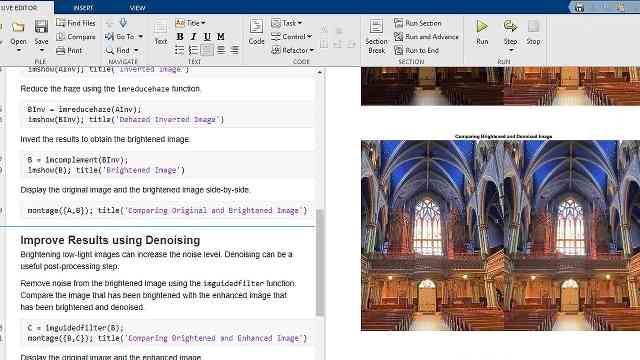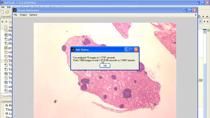Getting Started with Image Processing
This video walks through a typical image processing workflow example to analyze deforestation and the impact of conservation efforts on the Amazon rainforest. You will see how to import and display images. You will learn about pixel values, image histograms, and functions in the toolbox to help you work with them. You will be introduced to the various apps in Image Processing Toolbox™ and learn how to use the Image Segmenter and Color Thresholder apps to segment deforested areas in the images. You will also learn about generating reusable MATLAB® functions from these apps. Finally, you will learn about functions like regionprops that measure properties of image regions and use this to calculate area of deforestation.
Published: 5 Apr 2021





